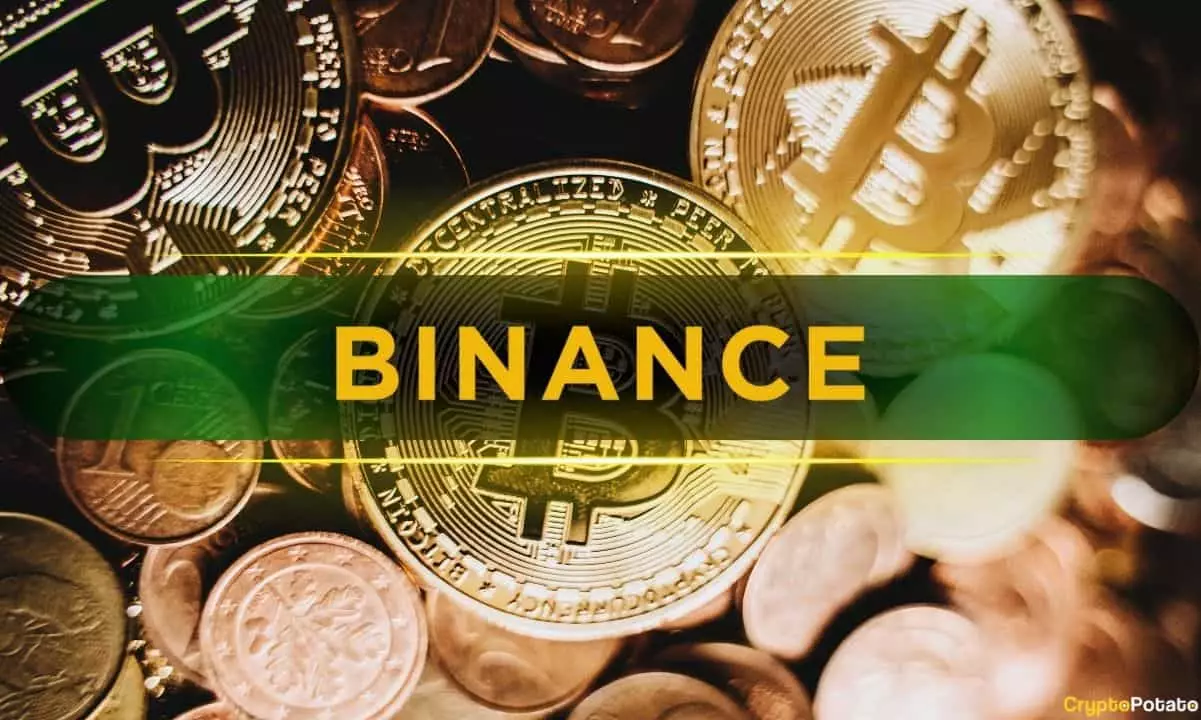In the realm of cryptocurrency trading, Binance’s recent surge in futures volume appears to paint a picture of relentless growth and market dominance. With a record-setting $2.55 trillion in futures trading last month—surpassing previous peaks—many might be tempted to see this as a sign of robust user activity and a thriving ecosystem. However, a critical examination reveals a stark contrast: beneath this apparent strength lies an undercurrent of declining engagement and waning user interest. While the numbers excel on paper, the behavioral signals from active addresses and liquidations suggest that this marketplace might be riding a false wave of hype, driven by volatile price swings and narrow speculative pursuits rather than healthy, sustained activity.
This disconnect underscores a crucial reality familiar within center-right economic perspectives: markets can appear vibrant externally, but the underlying fundamentals often tell a different story. Heavy trading volumes can be manipulated by speculative traders chasing fleeting gains, inflating apparent demand while actual user participation diminishes. The growing futures volume may therefore be less about expanding genuine user bases and more about a handful of traders leveraging risky strategies amid heightened volatility.
Volatility as a Catalyst and a Trap
The recent surge in futures trading correlates strongly with Bitcoin and select altcoin record highs, which attracted traders looking to capitalize on the momentum. Yet, these spikes are often short-lived, driven by market hype rather than fundamental value. The sharp selloff that resulted in $1.5 billion in liquidations reveals the perilous nature of these speculative endeavors. When traders are liquidated en masse, it doesn’t imply a healthy, expanding market—rather, it signals excessive leverage and a risk-off environment taking hold.
Furthermore, the shift into negative funding rates illuminates a bearish bias among many traders betting on declines rather than sustained rallies. This dynamic is not indicative of a confident, long-term bullish sentiment but rather a market pulsing with fear and uncertainty. From a pragmatic, center-right vantage, such conditions warrant skepticism about the sustainability of these trading volumes. They reflect traders repeatedly betting against the market’s strength, which could portend more instability than growth.
The Quiet Decline of User Engagement
Perhaps the most telling trend is the stark decline in active user addresses on Binance—down from nearly 800,000 in early June to approximately 340,000 in August. This drop exceeds 50%, suggesting that despite record-high futures volumes, the average user’s interaction with Binance is diminishing rapidly. Fewer active addresses mean less organic trading activity, fewer new users, and a potential exodus of smaller traders discouraged by the volatility and complexity of derivatives markets.
This decline raises a fundamental question: are these high volumes genuinely representative of a thriving user base, or are they concentrated among a small cadre of high-frequency, leverage-happy traders? From a conservative, center-right perspective, this decline signals a fragile ecosystem propped up by speculative behavior rather than underlying user trust and engagement. It hints at a market driven more by institutional and professional players engaging in high-stakes bets, rather than grassroots adoption.
The Broader Market’s Tepid Outlook
Adding context to Binance’s apparent dominance, the broader crypto market is experiencing a downturn, with total market capitalization shrinking from over $4 trillion in July to approximately $3.7 trillion. This contraction underscores a broader sense of caution brewing across the sector. The frothy futures market and plummeting active addresses signal a fragile stability—one fueled by hype, not substance.
A center-right view advocates for a cautious approach, emphasizing the importance of fundamentals—such as real user engagement, utility, and sound economic incentives—over seemingly impressive yet superficial trading figures. The recent market dynamics suggest that the current rally is more an artifact of speculative frenzy than a sign of sustained institutional confidence or widespread adoption.
Binance’s soaring futures volume, while headline-grabbing, conceals a running deficit of authentic user participation. The high volatility, massive liquidations, and declining active user base paint a picture of a market grappling with instability. For those who prioritize prudent, sustainable growth, these developments serve as a stark reminder that appearing dominant does not equate to genuine strength—especially when underlying evidence points toward fragility and disillusionment among ordinary traders.

